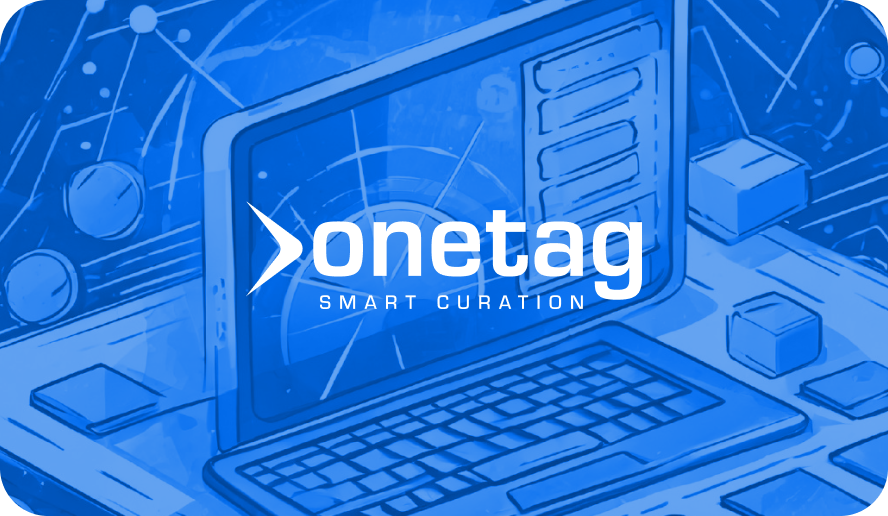Ensuring sustainability for the open web programmatic advertising supply chain is hugely important, and we all need to play our part in making this change.
Previous data from the GoodLoop carbon calculator found that the typical online ad campaign generated 5.4 tons of CO2, with each digital ad impression producing up to 1.09 grams of CO2. Latest research from Scope3 has also evaluated the impact of problematic ad placements on programmatic efficiency and sustainability. They estimate that 184,400mt of CO2 emissions are wasted on these placements every year in the US programmatic display market alone.
There is a direct link between the ad waste and inefficiency that is prevalent in many areas of programmatic advertising, and the carbon emissions this generates. Related to these findings, the ANA Programmatic Transparency Study identified up to $31bn in global open web advertising that is wastage due to placements being non-measurable, non-viewable, MFA (Made For Advertising) or IVT (Invalid Traffic).
The good news is that the latest programmatic advertising technology directly solves for this, as a result of its efficiency in reducing this waste and then optimizing better performing impressions for the buy-side.
At Onetag we see the benefits our supply-side AI-powered programmatic curation technology delivers for the open internet, curation partners and the planet on a daily basis. In contrast to traditional carbon scoring methods, which might simply look at sites based on their location and by browser etc – our placement-level approach removes 53% of the total impressions we initially see, and then learns from all placements and impressions to provide high media quality and performance, all without the use of cookies.
We call this process Smart Curation, as it harnesses intelligent technology to curate ad placements in real time to feed DSPs with the impressions that matter.
In addition to these efficiency benefits that smart curation of the bidstream brings, supply-side curation also enables better matching on inventory versus carrying this out on the buy-side. Data curators can apply their first-party data knowing it will achieve greater scale when activated in DSPs. All parties also benefit from the streamlined path from supply-side curated deals to DSPs, without the need for throttling or QPS (Queries per Second) overload as the demand-side no longer has to work so hard to find the placements and impressions that count.
At Onetag we see how this approach is highly sustainable while driving great performance for private deals and in the open exchange. On a monthly basis our global Onetag private cloud CO2 emissions equate to the energy use of only 2.5 homes for a year.
Looking forward, we’re excited about the possibilities for a better programmatic advertising experience for the open internet and our planet: using Smart Curation to identify and optimise high media quality placements that perform while significantly reducing carbon emissions.
Originally Published on: LinkedIn



